Previous Exhibitions
Archivo F.X by the artist Pedro G. Romero (Huelva, 1964) is a collection of documentation “in construction”, comprising more than one thousand images and files that are, on one hand, an archive of images of anticlerical political iconoclasm in Spain and also, on the other, and cast under the same light, a mirror held up to the radical projects of the modern vanguard from Malevich to Rothko, from Dada to the Situationists.
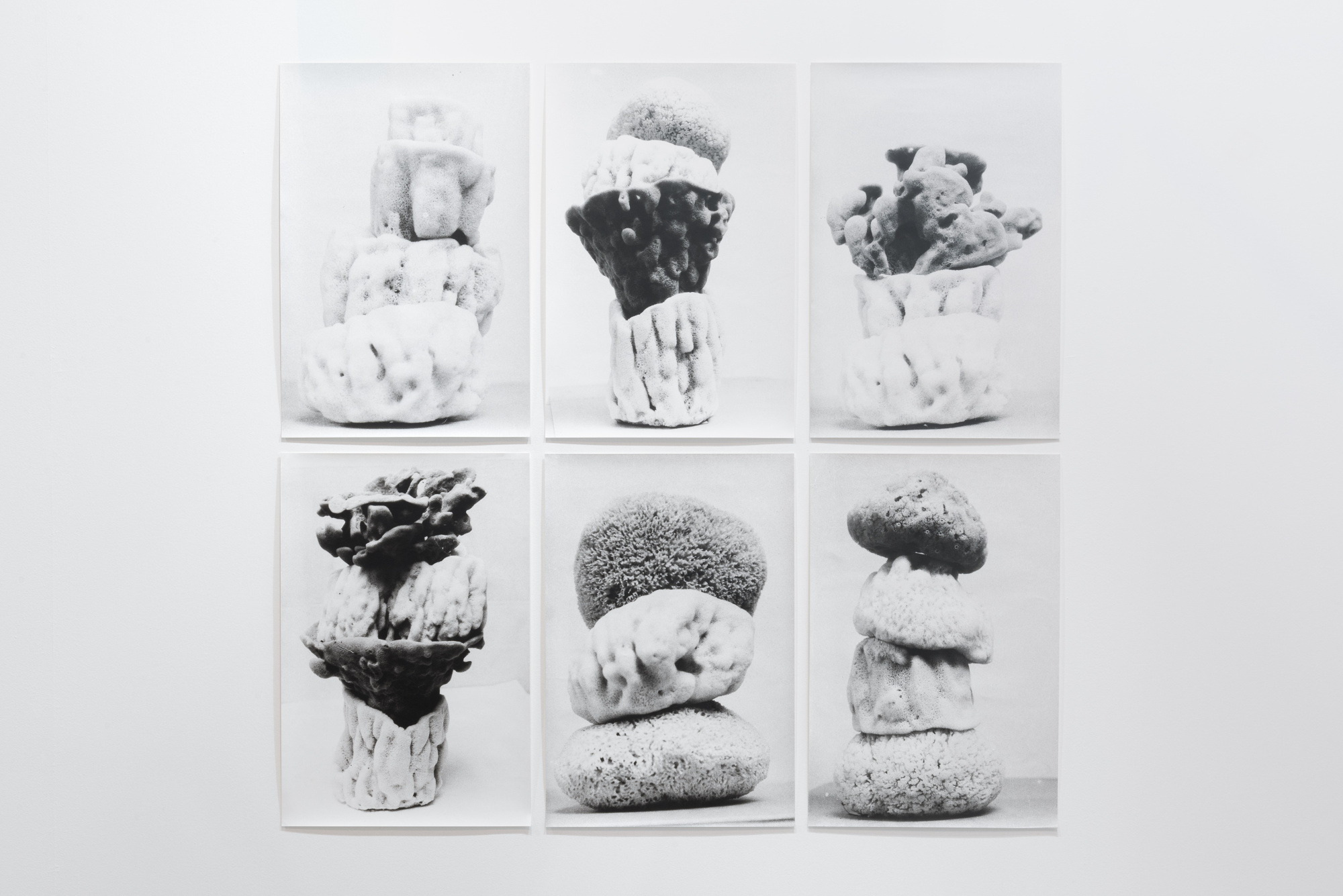
The work of Jochen Lempert (Germany, 1958) engages with photography from the optic of research and visuality, very often with the intention of questioning the criteria behind a search for the truth and the models that shape the world.
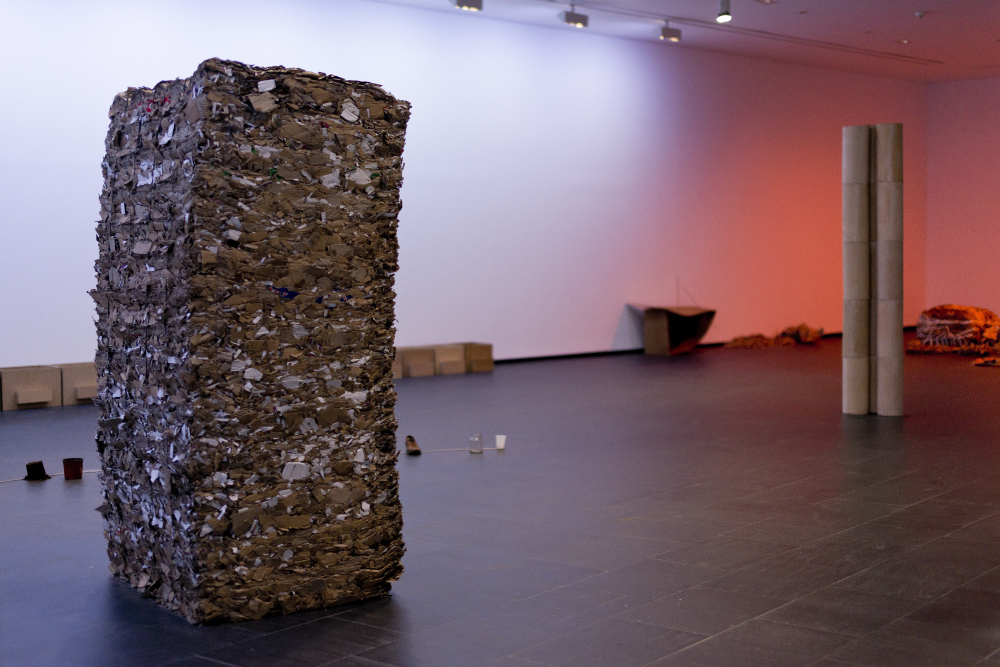
Julia Spínola (Madrid, 1979) develops her practice across the fields of sculpture and drawing. In her works, the continuous references to text and to performance give rise to systems of correspondences that operate as approximations to a single theme based on the relations set in place between figures, objects and movements.
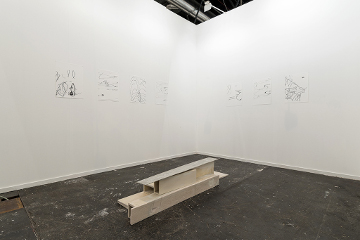
Julia Spínola (Madrid, 1979) develops her practice across the fields of sculpture and drawing. In her works, the continuous references to text and to performance give rise to systems of correspondences that operate as approximations to a single theme based on the relations set in place between figures, objects and movements.
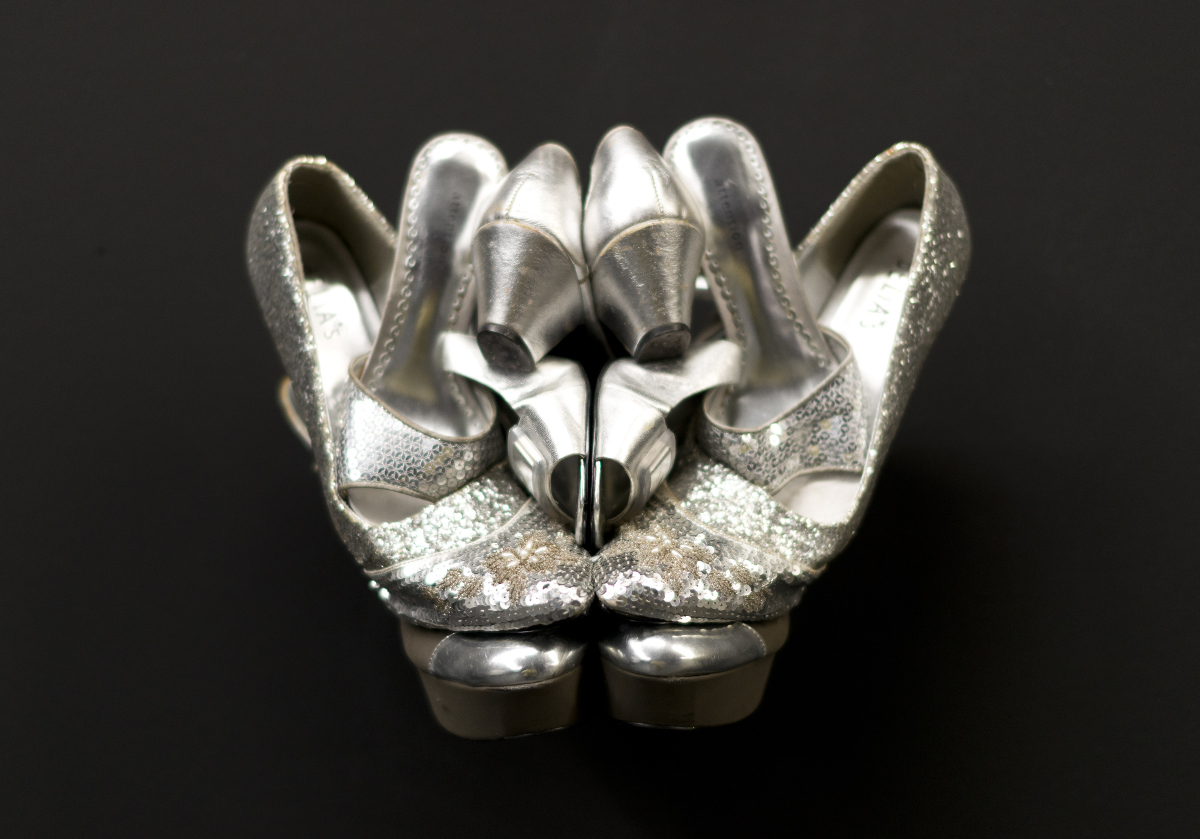
Elements of Vogue. A case study of radical performance is the first exhibition that reviews the history of Afro-American performance in Spain and the first internationally on the history of voguing. The exhibition takes voguing, a popular Afro-Latin and queer dance, as a case study to understand the emergence of the pose as a form of resistance and its ability to articulate new social formations.
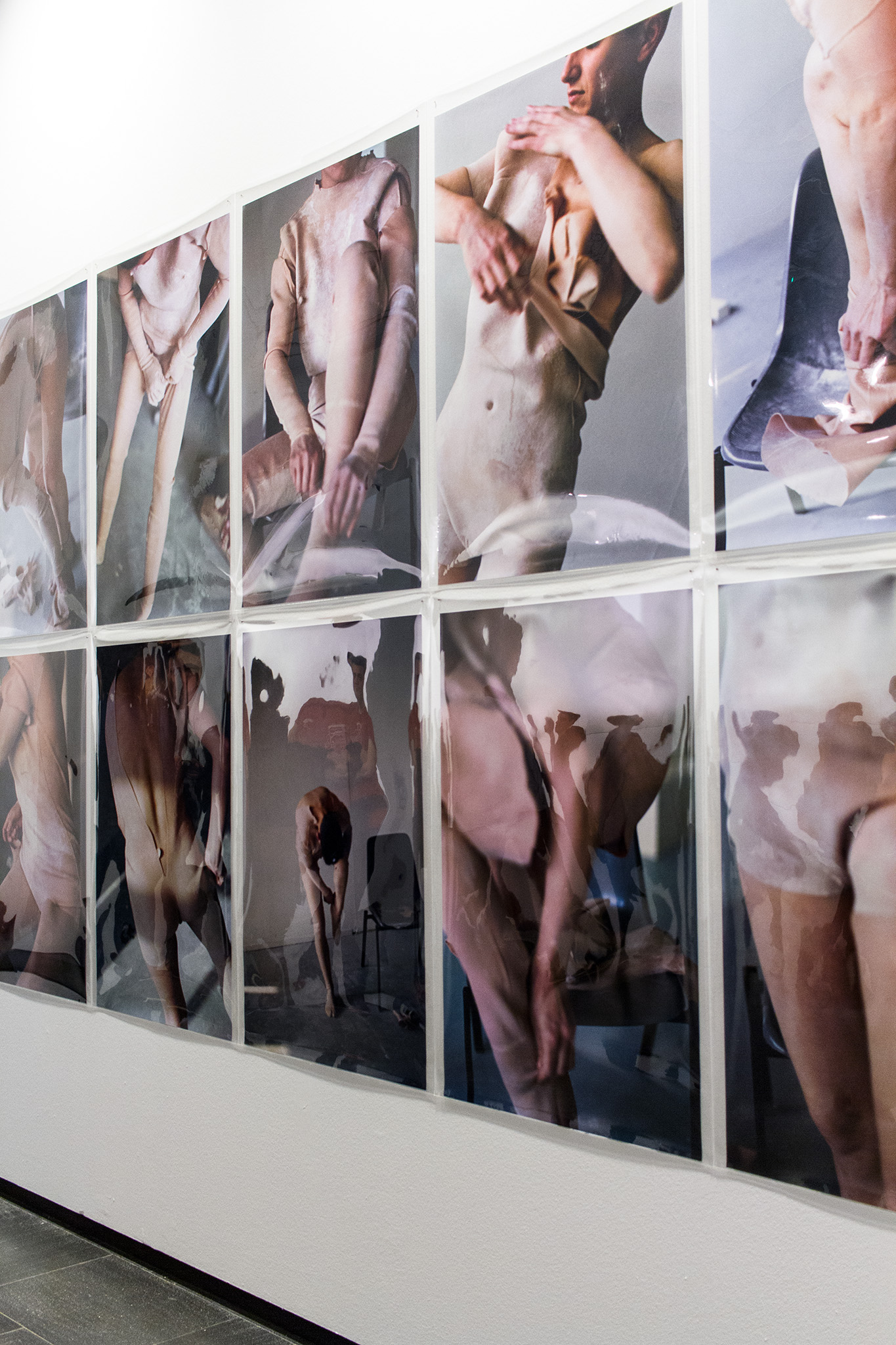
La exposición antológica de Itziar Okariz, una de las artistas con mayor reconocimiento y que más ha contribuido al desarrollo de la performance en el contexto español, es una de las muestras más exhaustiva hasta la fecha realizadas a la artista, tras décadas afincada en Nueva York.
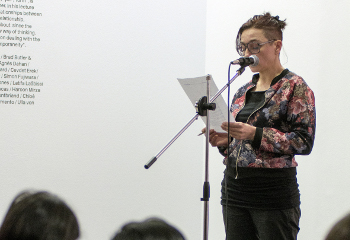
Itziar Okariz’s practice is predicated on the confluence of actions and devices that expand the territory of performance and alter signs by means of a series of repetitions and differences that range from the body to the voice, as well as interferences in the public space and variations in language.
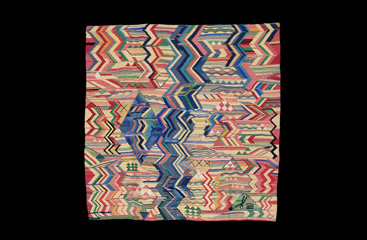
Lanceta defends the importance of weaving techniques and advocates placing weaving on a par with painting and sculpture. She argues that the “peripheral position of fabrics is not just metaphorical, but a reality, because societies that still weave are also peripheral
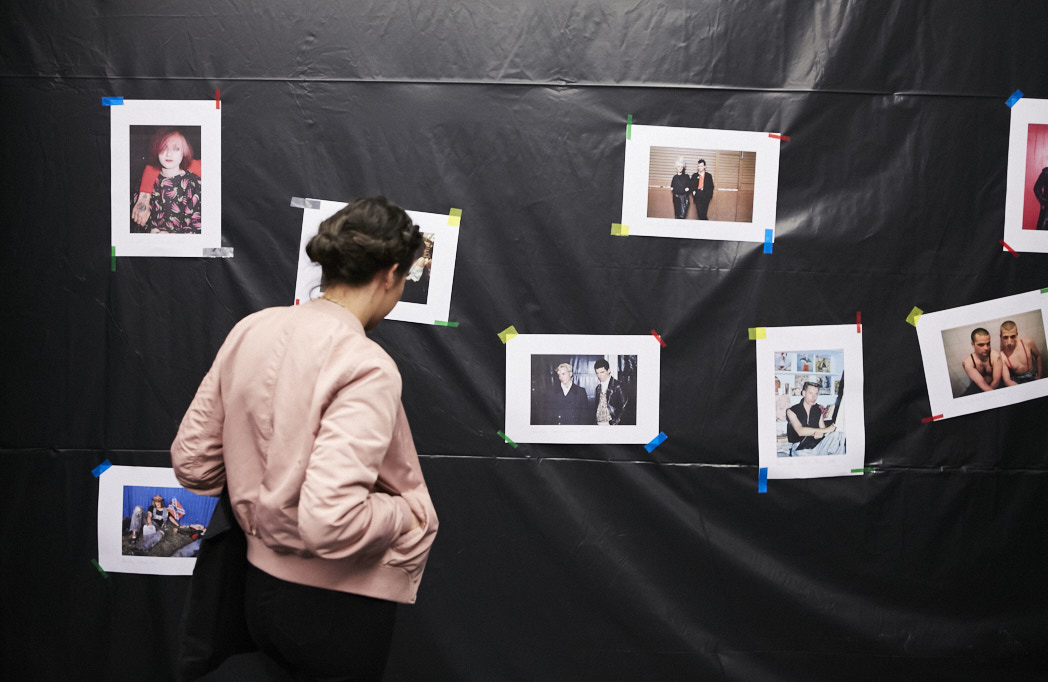
Miguel Trillo. Doble exposición revisits the artist’s first two solo exhibitions, held at Galería Ovidio (PopPurri. Dos años de música pop en Madrid) in 1982 and at Sala Amadís (Fotocopias. Madrid-London) in 1983. The idea behind the project is to rethink the displays which Trillo used to exhibit his work, removed from the more conventional methods employed to show photography in the few spaces receptive to the discipline back in the early eighties.